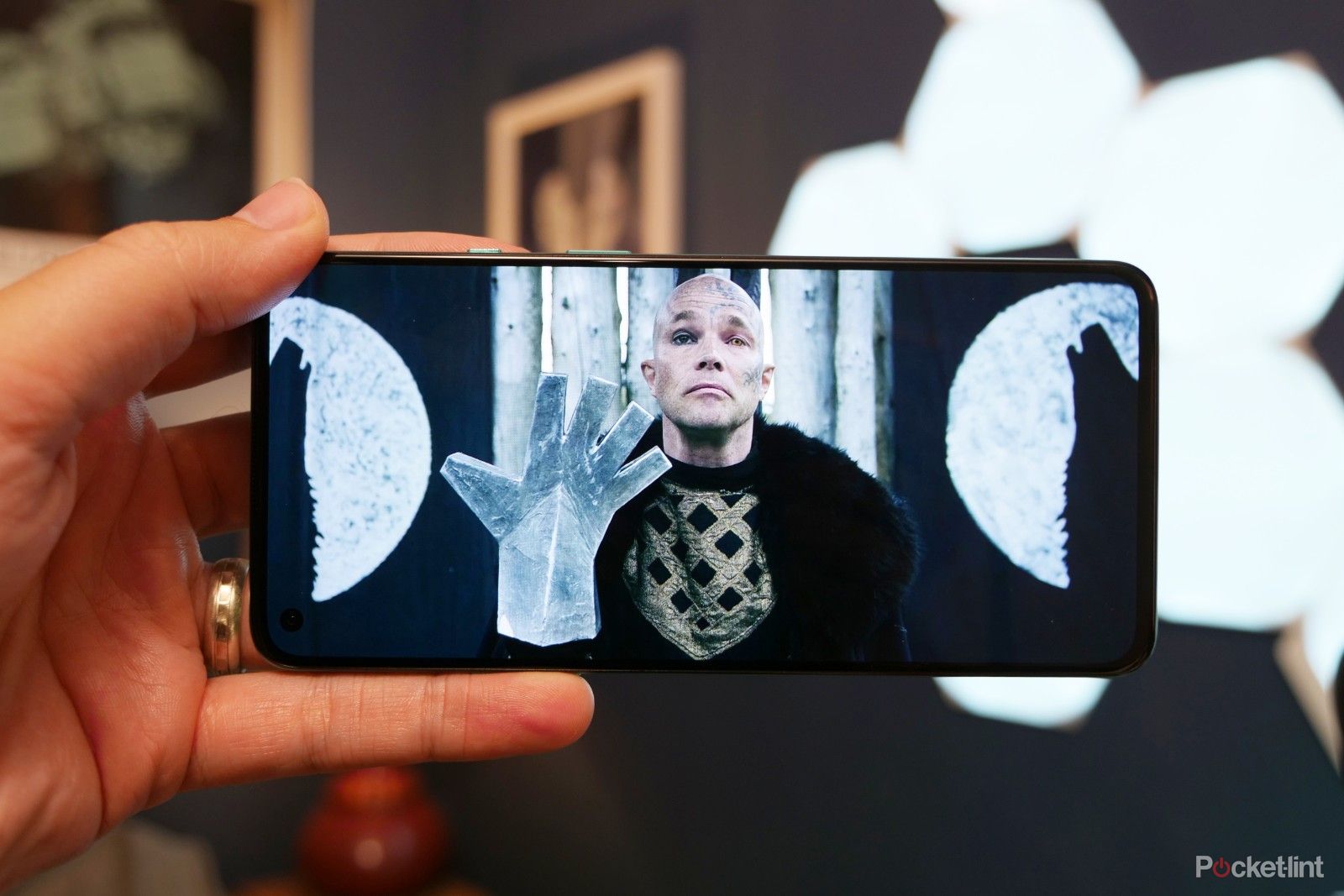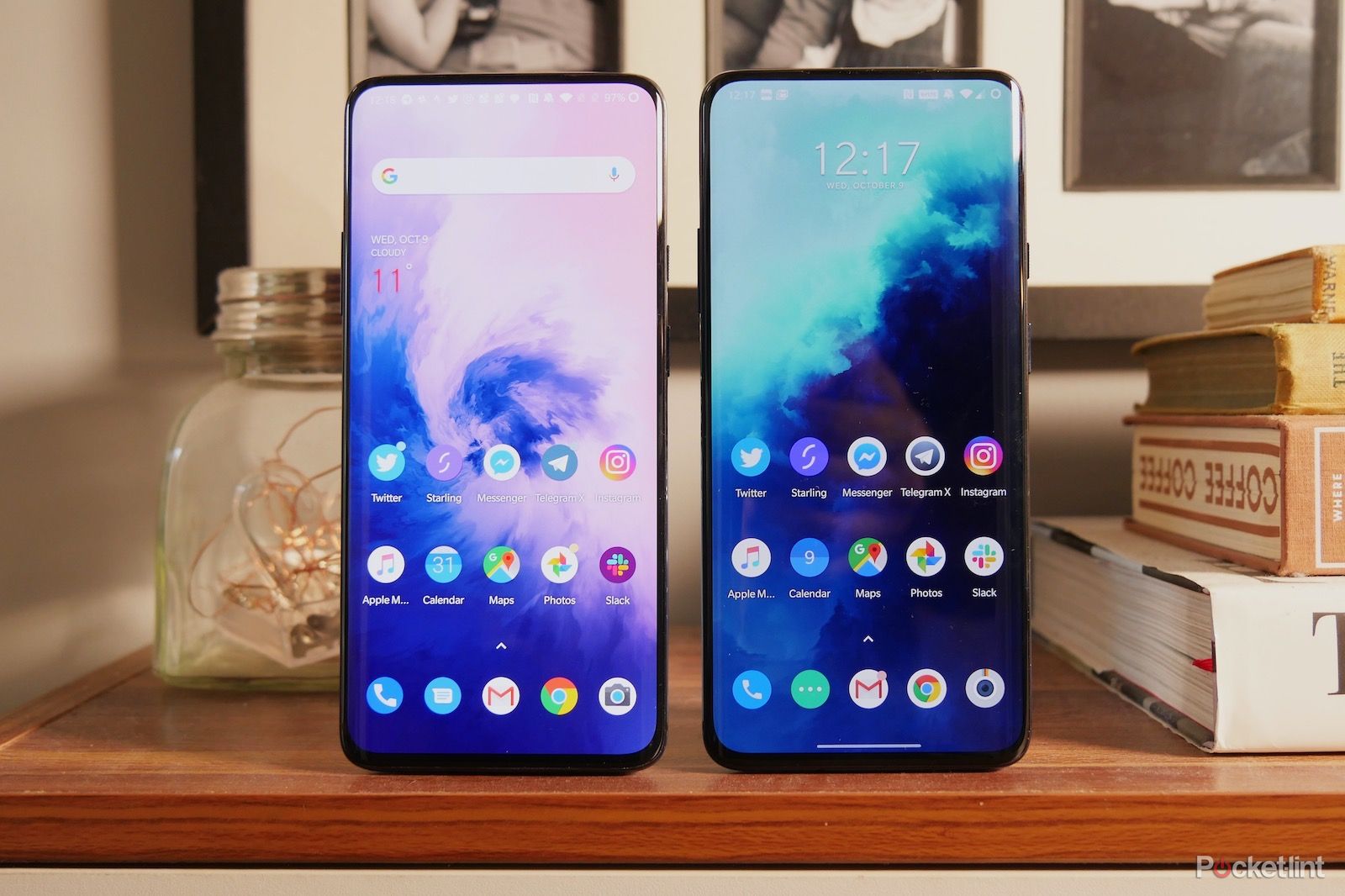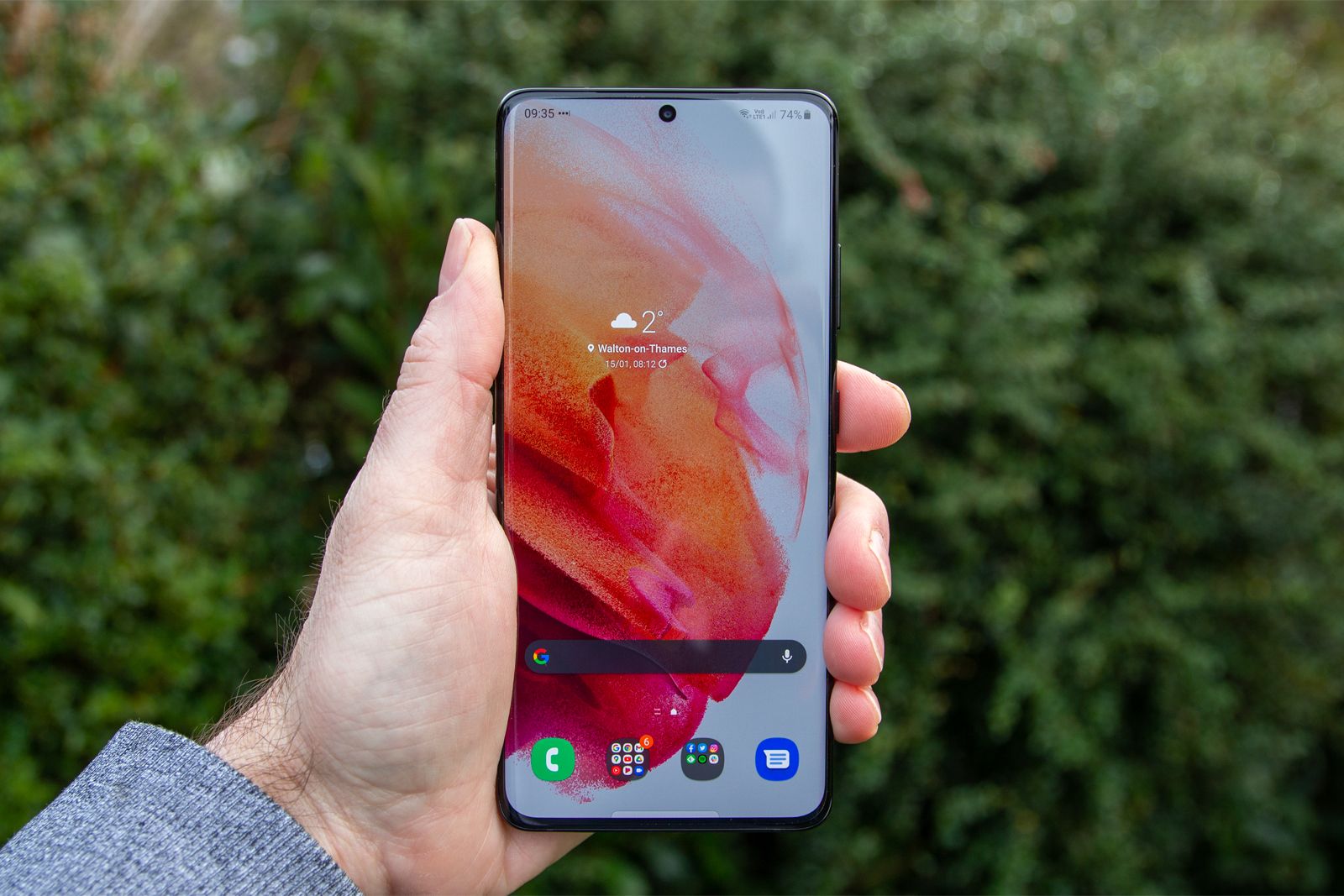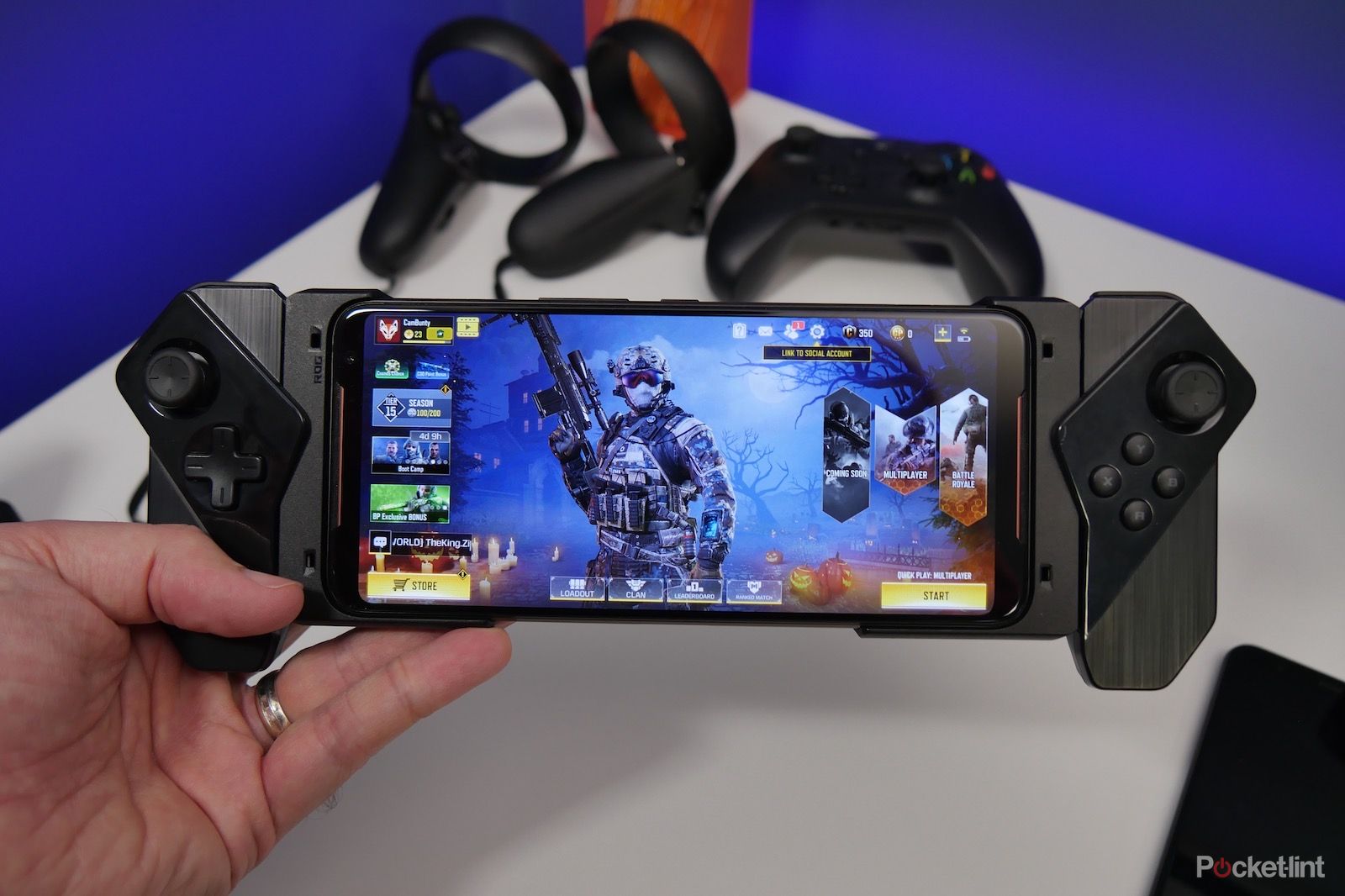Over the past few years we've heard a number of smartphones make bold claims about their display refresh rates. Companies like OnePlus, Samsung and Razer have all boasted about their super-smooth displays. Even Apple has now brought the 'ProMotion' technology to the iPhone 13 Pro - and it's already equipped on the iPad Pro.
Whether you've watched an Android phone launch and seen a '120Hz' display feature mentioned - or you're looking to find out what Apple has done with its 'ProMotion' branded screens and not known exactly what it is - we'll help you understand it in this feature.
What is a display refresh rate?
Thankfully, this one is pretty simple to answer because the terminology reflects what's actually happening on the screen you're looking at. In order for a display to produce the illusion that there's a moving image in front of you, it has to refresh a certain number of times.
As with any video, what it's actually showing you is a sequence of still shots, but played consecutively, very quickly. A display refresh rate is simply the rate at which it refreshes to show you that next still shot.
For instance, if it has a refresh rate of 120Hz, that means it can refresh at a rate of 120 times every second.
What difference does it make to a smartphone?
The potential is that a high refresh rate can make a big difference to the overall feel and perceived performance of a phone.
For instance, if you were to compare the OnePlus 6T from 2019 and the OnePlus 9 Pro from 2021 - going from a 60Hz screen to 120Hz and with the animations of the interface boosted to match - there's a huge difference in experience.
And that's a key component here: the content has to be optimised to match the output of the display. If your animations in a game, or general phone interface go up to a maximum of 30 or 60 frames per second, it won't seem like there's much difference at all.
In the case of OnePlus its user interface and version of Android software have been enhanced to match the 120Hz screen and so makes it seem instantly quicker and more responsive.
We could say the same about Samsung's latest phones. The Galaxy S21 series devices all have 120Hz displays and have had their software optimised to match.
What is Apple ProMotion (or 'Adaptive' frame rate)?
Apple uses a technology that it calls 'ProMotion' on its iPad Pro and iPhone 13 Pro series. What this does is adjust the refresh rate dynamically based on the content that's being displayed on the screen.
What this means is that it can go up to 120 frames per second, to make things like the interface and Apple Pencil seem really smooth. But when you're watching a movie in 24 frames per second, it drops the frame rate to match that, so it's not wasting energy. In fact, it can drop all the way down to just 10 frames per second.
Samsung also has a similar feature called 'Adaptive frame-rate' which reduces and increases the screen refresh rate based on the content, going all the way down to 10 frames per second if you're doing something like just reading a static page, then boosting it all the way up to 120 frames per second, depending on what the content needs.
So, the faster the refresh rate the better?
As always with these things, it's not that simple. There's more at play making a smartphone feel quick and snappy than just the refresh rate.
You will still see lag and stuttering if you're playing an online game and your connection drops out, or of the phone is getting too hot and has to adjust the performance to help keep its internals cool.
That means having a powerful processor and efficient thermal management matter a lot too. In short: the display needs that internal graphics processing to be top notch as well, otherwise it'll be a choppy experience.
Then there's always the chance that you can't see much difference between refresh rates in the first place. Going from 60Hz to 90Hz, or 90Hz to 120Hz isn't easy for everyone to perceive with the naked eye.
If you're upgrading from a two or three year old phone to one with a 120Hz screen, you'll undoubtedly see that the phone is faster, but even then you can't pin that purely on the refresh rate. It's also a lot to do with the more powerful internal hardware and improvements made to newer software. It's not all about the screen.
What's the fastest refresh rate on a smartphone display?
At time of writing, the fastest refresh rate used on a smartphone is 144Hz. That gives the smartphone animations up to 144fps.
Examples of phones with 144Hz screens include the ROG Phone 3, Lenovo Legion Pro and Nubia Red Magic 5G.
Are there games optimised for 120Hz screens?
The short answer is: yes.
Ever since "gaming phones" became a market segment in their own right, mobile game developers started enhancing their titles' graphics to make the most of these faster refresh rates.
Popular games like Real Racing 3, Temple Run 2, Minecraft Earth, Alto's Odyssey and Injustice 2 (among many others) all have their animations boosted to make the most of the maximum available on the highest refresh rate Android smartphone displays.
What about touch response rate?
Confusingly, you'll sometimes see something like 120Hz or 240Hz touch screen response rate mentioned in marketing material, ads or phone spec sheets. While the unit of measurement is the same, it isn't the same thing being measured.
This is simply to do with how sensitive and accurate the touch sensitive part of the touchscreen is and usually just means that the phone responds quickly and accurately to any gestures or input from your fingers, or a stylus on the display.
So it's entirely possible to have a 120Hz display equipped with 240Hz touch response, for instance. That particular combination would give you a super responsive and fast screen.




